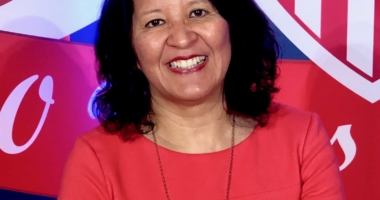Latino Teachers and DACA: Who Will Teach Our Children?
An estimated 20,000 teachers — many of them Latino — will be forced to leave the workforce as a result of the Trump administration’s decision to rescind Deferred Action for Childhood Arrivals, or DACA. This dreadful decision will impact schools and districts across the country that consistently find themselves with a shortage of teachers — especially bilingual educators — to fill their classrooms.
Currently, more than 80 percent of the teacher workforce is White, despite the fact that more than one-third of the US labor force identifies as people of color. Our country has a very real problem recruiting and retaining educators of color, and ending DACA means 20,000 fewer diverse educators for our students — a majority of whom are non-White themselves.
But why is teacher diversity, specifically the Latino teacher workforce, an issue? We know from a number of studies that a diverse teacher workforce helps all students. Moreover, research shows that when students of color have at least one teacher of color during their school trajectory, they are more likely to have better academic outcomes. On its surface, the need for teacher diversity across races seems like an easy case to make across all races and ethnicities. However, at closer glance, the majority of teacher diversity studies focus on Black teachers with Black students, as we did last year. The research on Latino teachers is extremely limited.
Given the inevitable demographic growth of the Latino student population, it is even more important to fill in the research gap and try to understand Latino student-teacher experiences. In an upcoming brief, we interviewed Latino teachers across the country to learn more about how they connect with Latino students, honor Latino culture in their teaching, and constantly have to prove themselves. We also found that it’s important to recognize the diversity amongst Latinos and the variety of experiences coupled with this diversity.
We must make a more significant effort to retain Latino educators – Defending DACA recipients is a good place to start. However, given the current climate, it’s not solely about the need for more Latino teachers. There also needs to be a serious consideration of how to optimize Latino teachers’ experiences in schools, because America’s future can’t be bright without them.












